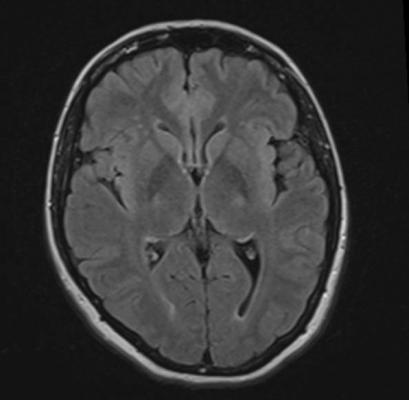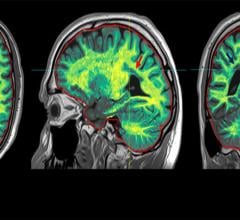
February 8, 2016 — Learning a second language is easier for some adults than others, and innate differences in how the various parts of the brain "talk" to one another may help explain why. These findings come from a study published January 20 in the Journal of Neuroscience.
"These findings have implications for predicting language learning success and failure," said study author Xiaoqian Chai.
The various regions of our brains communicate with each other even when we are resting and aren't engaged in any specific tasks. The strength of these connections — called resting-state connectivity — varies from person to person, and differences have previously been linked to differences in behavior, including language ability.
Led by Chai and Denise Klein, researchers at McGill University explored whether differences in resting-state connectivity relate to performance in a second language. To study this, the group at the Montreal Neurological Institute scanned the brains of 15 adult English speakers who were about to begin an intensive 12-week French course, and then tested their language abilities both before and after the course.
Using resting state functional magnetic resonance imaging (fMRI), the researchers examined the connectivity within the subjects' brains prior to the start of the French course. They looked at the strength of connections between various areas in the brain and two specific language regions: an area of the brain implicated in verbal fluency, the left anterior insula/frontal operculum (AI/FO), and an area active in reading, the visual word form area (VWFA).
The researchers tested the participants' verbal fluency and reading speed both prior to the course and after its completion. To test verbal fluency, the researchers gave subjects a prompt and asked them to speak for two minutes in French. The researchers counted the number of unique words that were used correctly. To test reading speed, the researchers had participants read French passages aloud, and they calculated the number of words read per minute.
Participants with stronger connections between the left AI/FO and an important region of the brain's language network called the left superior temporal gyrus showed greater improvement in the speaking test. Participants with greater connectivity between the VWFA and a different area of the left superior temporal gyrus language area in the left temporal lobe showed greater improvement in reading speed by the end of the 12-week course.
"The most interesting part of this finding is that the connectivity between the different areas was observed before learning," said Arturo Hernandez, a neuroscientist at the University of Houston who studies second-language learning and was not involved in the study. "This shows that some individuals may have a particular neuronal activity pattern that may lend itself to better learning of a second language."
However, that doesn't mean success at a second language is entirely predetermined by the brain's wiring. The brain is very plastic, meaning that it can be shaped by learning and experience, Chai said.
The study is "a first step to understanding individual differences in second language learning," she added. "In the long term it might help us to develop better methods for helping people to learn better."
For more information: www.jneurosci.org


 April 04, 2024
April 04, 2024 








